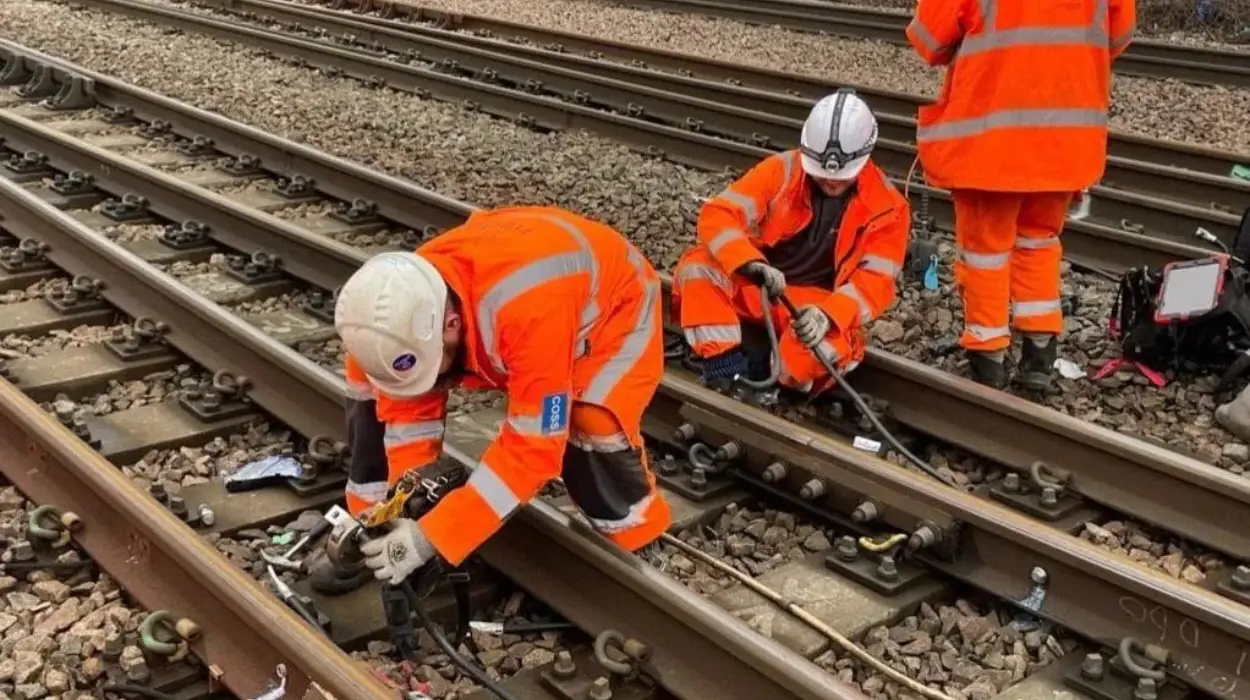Haringey (Parliament Politics Magazine) – Haringey rail line to close over May weekend for essential engineering works. Passengers advised to plan ahead and check for replacement services.
A Haringey train route will be forced to close for an entire weekend next month due to engineering work.
As part of its £1.4 billion East Coast Digital Programme, Network Rail will be making major improvements to the East Coast Main Line on Saturday, May 17, and Sunday, May 18. The Hertford Loop Line will have to close for these works.
On these days, Bowes Park, Alexandra Palace, Hornsey, Harringay, and Finsbury Park stations will not be served by trains; instead, a variety of rail replacement buses will be available.
As a “significant milestone,” the engineering work includes the removal of traditional signals between Moorgate and Finsbury Park stations.
This segment will be the first commuter railway in Britain to run entirely on “no signals,” which means that trains will only use digital in-cab signals rather than conventional traffic-light signals.
The removal of the physical signals completes the transition to a fully digital railway line, which is already the case on this section of the track for Great Northern trains.
Ricky Barsby, Network Rail’s head of access integration for the East Coast Digital Programme, said:
“The testing work is another step towards the introduction of digital, in-cab signalling on the East Coast Main Line, enabling a more reliable and greener railway. The work will also see the removal of traditional signals on a stretch of commuter railway in London, pointing the way to the next generation railway.
We recognise the work will lead to journeys taking longer over that weekend. We would like to thank all those affected for their patience and understanding.”
Jenny Saunders, customer service director for Thameslink and Great Northern, said:
“The vital work this weekend will bring us yet another step closer to a digitally-signalled East Coast Main Line, which means more reliable journeys for our passengers.”
If a train goes over speed limits or gets too close to another train, automated systems can intervene right away since they can identify issues and react far more quickly than manual procedures.
By continuously tracking train and infrastructure performance, digital systems aid predictive maintenance by decreasing downtime and identifying problems before they lead to failures.
She added that she does understand that, for this progress to be made, passengers will have to allow extra time to complete their journeys – and she is sorry for any inconvenience or changed plans this might cause on your travels between London and Peterborough. Please check on the Thameslink or Great Northern website before leaving to make your journey.
They will have plenty of buses running to make sure you can get to your destinations – and staff on hand to help you with every step of your journey.
The works will also mark a huge milestone on our Great Northern route between Moorgate and Finsbury Park, where traditional traffic-light style signals are being removed so our modern class 717 trains can operate using fully digital technology inside the cab.
How will the removal of traditional signals impact train operations in Newham?
Signaling information is sent straight into the train cab via digital systems like the European Train Control System (ETCS) and Communications Based Train Control (CBTC). In addition to ensuring exact train spacing and lowering the possibility of human error, this technology can automatically slow or halt trains if safety limitations are exceeded.
By offering real-time data and separation rules, these systems significantly reduce the likelihood of accidents brought on by misinterpreted or missing signals.
Trains may safely travel closer together thanks to digital technologies that eliminate the limits of fixed, wayside signals. As a result, more trains can use the same track, increasing network capacity and enabling more frequent service.
Train timetables and speeds can be dynamically adjusted thanks to digital signaling in response to current events, such as traffic jams or incidents.


